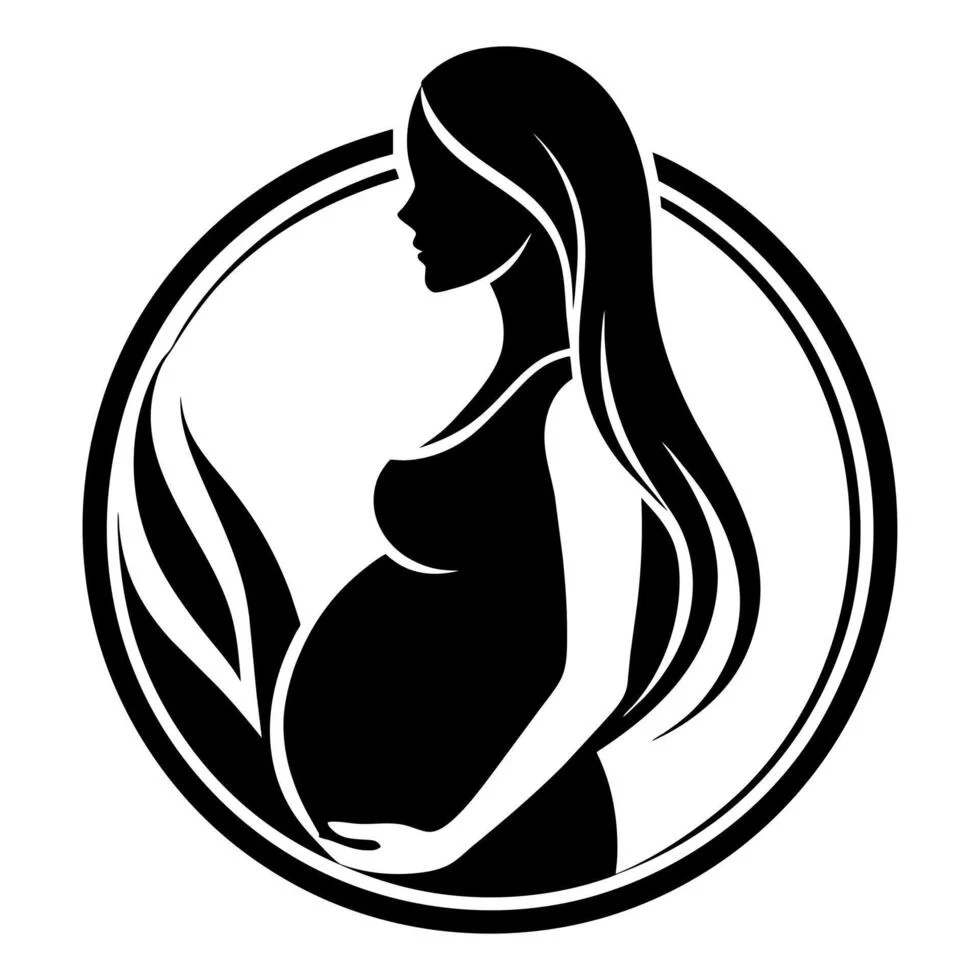The recent Women’s March ignited a fire within me. I felt uplifted and part of a collective striving for peace, justice, and change. For a moment, I believed that together we could make a significant impact against the troubling policies of our current leadership. However, as I scrolled through social media, I couldn’t help but notice a glaring issue: a lack of understanding of intersectionality among many white feminists. This misunderstanding poses a serious threat to the progress of feminism.
A History Lesson
Let’s take a moment for a history lesson. It’s crucial for white women to reflect and recognize that if we don’t address our shortcomings, we only have ourselves to blame when our calls for real equality go unanswered. So, what exactly is intersectionality, and why is it important? Intersectionality suggests that feminism is not a universal concept; it does not solely represent the experiences of white, cisgender, able-bodied, middle-class women. Instead, it encompasses the intersection of various forms of oppression. For instance, a Black woman may face both racism and sexism, while a differently-abled LGBTQ individual might grapple with ableism, sexism, and racism all at once. Unfortunately, mainstream white feminism often overlooks these complex layers of oppression, focusing narrowly on sexism alone.
Understanding White Feminism
In her essay, “This Is What I Mean When I Say ‘White Feminism,’” writer Mia Johnson articulates that white feminism tends to marginalize issues that specifically affect women of color. It operates as a one-size-fits-all framework where the experiences of middle-class white women become the standard that others are expected to conform to. It’s important to clarify that this critique is not an indictment of every individual white feminist, but rather a critique of the framework itself.
The Need for Genuine Revolution
The truth is, a genuine revolution cannot occur without recognizing intersectionality. Racism and discrimination continue to thrive all around us. Just because our white privilege shields us from the same marginalization faced by people of color and LGBTQ individuals, it doesn’t mean those injustices don’t exist. It’s time for us white individuals to step back and truly observe the multifaceted ways in which others experience oppression daily.
Understanding Real Equality
We must strive to understand what real equality looks like. Change is not meant to be comfortable, and we can’t simply ease our way through it. White women must not dictate the terms of the revolution to people of color or LGBTQ individuals. When prominent figures like Jessica Green make dismissive comments about the feminism of others or suggest that discussions about race are divisive, it’s clear that we need to have more conversations about intersectionality in our movement.
Amplifying Diverse Voices
The path to revolution is not paved solely by white women. We must prioritize amplifying the voices of women of color in feminism. Look to advocates like Lila Thompson, whose insightful commentary challenges the status quo and encourages critical thought. After the Women’s March, she pointed out the disparities in police treatment based on race: “The absence of arrests during the march was no accident; it reflected the demographic of the participants. If the march had been predominantly Black or Brown women, the response would have been radically different, as seen in the Black Lives Matter protests.”
Educating Ourselves
To truly grasp intersectionality and apply its principles, we must actively educate ourselves by listening to women of color. Follow thought leaders like Lila Thompson, read works by scholars like Angela Davis, and engage with creators like Franchesca Ramsey, who uses humor to demonstrate intersectionality’s relevance in everyday life. Don’t forget to explore the writings of Kimberlé Crenshaw, who coined the term “intersectional feminism” back in 1989. Keep researching, stay curious, and most importantly, validate the lived experiences of those who are non-white, non-hetero, or differently abled.
Conclusion
Understanding and embracing the diverse experiences of marginalized groups is essential for real change to occur for all women in America. So, let’s get on board as soon as possible. For more insights on navigating these complexities, check out this blog post.
In summary, the fight for feminism can only truly advance when we recognize and respect the various dimensions of oppression that others face. By listening, learning, and amplifying diverse voices, we can create a more inclusive and effective movement that truly seeks justice for all.
